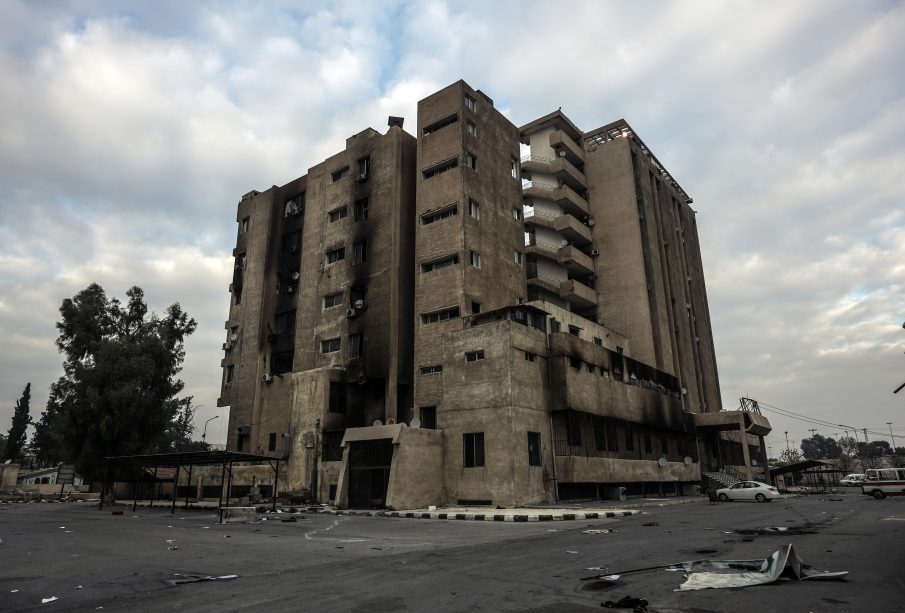Understanding the Ongoing Crisis in Syria

Introduction
The situation in Syria remains a pressing global concern as the nation continues to grapple with the repercussions of a prolonged civil war that has devastated its infrastructure and displaced millions. This conflict, which began in 2011, has evolved into a complex humanitarian crisis compounded by foreign interventions and regional instability. Understanding the current dynamics in Syria is crucial for recognizing the broader implications for peace and security in the Middle East.
Current Events in Syria
As of late 2023, Syria faces significant challenges, particularly in the regions of Idlib and northwest Aleppo, where ongoing fighting between various militant groups continues to create a volatile environment. The Syrian Observatory for Human Rights reports increasing skirmishes between remnants of the Islamic State and government forces, limiting gains made in recent ceasefire negotiations.
The humanitarian situation remains dire. According to the United Nations, approximately 15.3 million Syrians are in need of humanitarian assistance, with over six million internally displaced. Health services and educational facilities are overwhelmed or non-existent, making recovery arduous for those affected by years of conflict.
Internationally, negotiations surrounding Syria’s future continue to be complex. In recent months, there have been renewed efforts for peace talks, involving key regional players such as Turkey, Iran, and Russia. These talks are crucial as they seek to address not only the humanitarian concerns but also political transitions, the return of refugees, and the management of various militia factions in the region.
The Role of External Actors
The involvement of foreign powers complicates the situation further. The U.S. has maintained a presence in Syria, primarily focusing on countering terrorism and reducing Iranian influence in the region. Meanwhile, Russia’s military backing of the Assad regime has solidified government control over significant territories, contributing to tensions with Western nations.
Conclusion
The future of Syria appears uncertain as both humanitarian and political crises persist. Experts caution that without sustained diplomatic efforts and international cooperation, the cycle of violence may continue unabated. The importance of external partnerships in rebuilding the nation cannot be overstated—the international community must strive for a holistic approach that addresses immediate humanitarian needs while laying the groundwork for long-term peace and stability.
In conclusion, Syria’s struggle highlights the interconnectedness of regional politics and humanitarian issues. For readers, understanding this crisis emphasizes the need for continued advocacy and support for affected populations and reinforces the importance of global unity in addressing such profound challenges.









